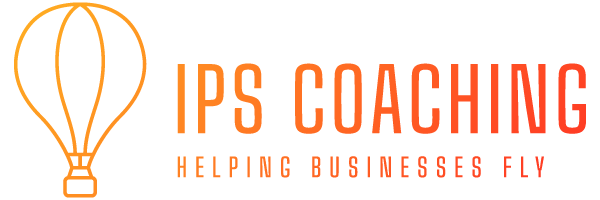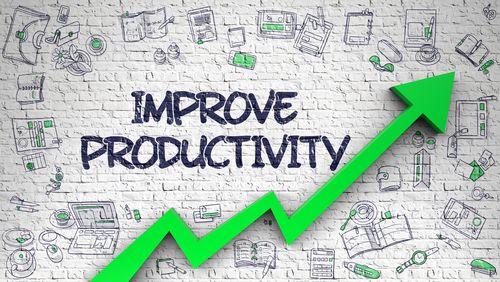Many books have been written on the subject of productivity, but the basics always boil down to the following seven points. I recently came across this in my archives but there was no note of the original author, so apologies, but I thought it worth adding to my Resources section.
If you want to learn some simple ways to be more productive read on :
1. Learn to distinguish the important from the urgent
Urgent issues instantly take up our time and attention, which is fine when these issues are important to us. Often though, urgency is a cunning disguise for the unimportant; did you really need to take that call which tied you up for half an hour with no discernible result? The trick here is to learn to say a firm “no” to unimportant issues, needless and irrelevant interruptions and timewasting distractions, so that you can focus your energy on what really matters. Your car being towed away is likely to be both urgent and important, so of course you’d better get on to it. Most powerful of all though is learning to focus on important issues before they become urgent. Planning ahead, investing in your own development, nurturing your personal and work relationships and building your health and fitness are all activities which are non-urgent and which may not necessarily pay immediate dividends, but which will have you reaping rich rewards in the future. For further reading on this look up Steven Covey’s Time Management Matrix from his 7 Habits of Highly Effective People
2. Establish a simple filing system
Forget complicated filing systems involving sophisticated categories and sub-categories. Consider three basic filing groups:
- A set of folders (physical or digital) labelled A to Z, in which you file reference materials alphabetically by title (or by name of originator);
- A ‘bring forward’ file comprising enough dated files to cover at least six months (preferably a year) ahead – this is where you put things that you need to find again on a certain date; and finally
- An “if you don’t do the things in here, you’ll lose your house” file, in which you put things that you know you either need to action urgently or get your hands on quickly – for example documents for your tax returns.
That way, there are a limited number of places where anything can be. Easy!
3. Eat That Frog!
In his book ‘Eat That Frog’, Brian Tracy outlines a strange saying which goes something like this: if the first thing you do in the morning is eat a live frog, you’ll have the pleasure of knowing that it’s the worst thing you’ll have to do all day which is to say: if you have a big, important and slightly scary issue to deal with, try to make sure you give it your attention first. Prepare things so that you can dispense with this task before all others. Why? Because the important things generate the most significant results. It’s said that 80% of results stem from 20% of activities (Pareto’s Law of the Vital Few); so if you have a list of ten things to do, two of the things on your list will be more important than all the others put together.
4. Create a single-entry inbox
Create a single-entry inbox. That means an inbox into which you deposit all your ‘input’ documents that have to be actioned. This could include letters that need to be read and replied to; that old watch you need to find a battery for; scraps of paper on which you’ve been scribbling your brilliant ideas, etc. The single-entry part is that each item can only go into the inbox once – no taking it out, mulling it over, then putting it back in again. Choose specific times (at least two or three a week) when you’ll plough through your inbox and action the items in it.
5. Make Action A “FAD”
When you’re deciding what to do with something (from your physical or email inbox, for example), there are basically three choices: File it, Act on it, or Delete it. If it’s something that is important but which can’t be actioned there and then, you need to file it: either for reference or for future action (in your ‘bring forward’ file, for example). If it can be actioned there and then (in less than five minutes), act on it (this could include delegating it to someone else to do). Finally, if it’s not worth holding on to, get rid of it.
6. If In Doubt…Ask!
If you’re overwhelmed with tasks and not sure where to start, take a little trip ahead into the future. Consider the outcome you’re trying to achieve. Then ask yourself – “can I get to that outcome right now, with a single action?” If so – do it. If not, ask yourself a very powerful question: “what would need to happen first?” Then you can consider the first question again: “Can I do that thing now?” Yes? Do it. No? What would need to happen first? Carry on this way, until you can do something…you’ve tracked your outcome back to the present moment, and you’ll have a clear action in front of you – one that’s going to move you in the right direction towards your desired outcome.
7. Leave Yourself Some Space
Finally – always remember, “life happens”. Don’t clog your diary with commitments – even important ones. Try to leave around 65% of your diary free of appointments. Some of that time will be used for doing the things you need to do – like processing your inbox – and the rest is going to be “buffer” time, for when those important and urgent moments come knocking on your door.

